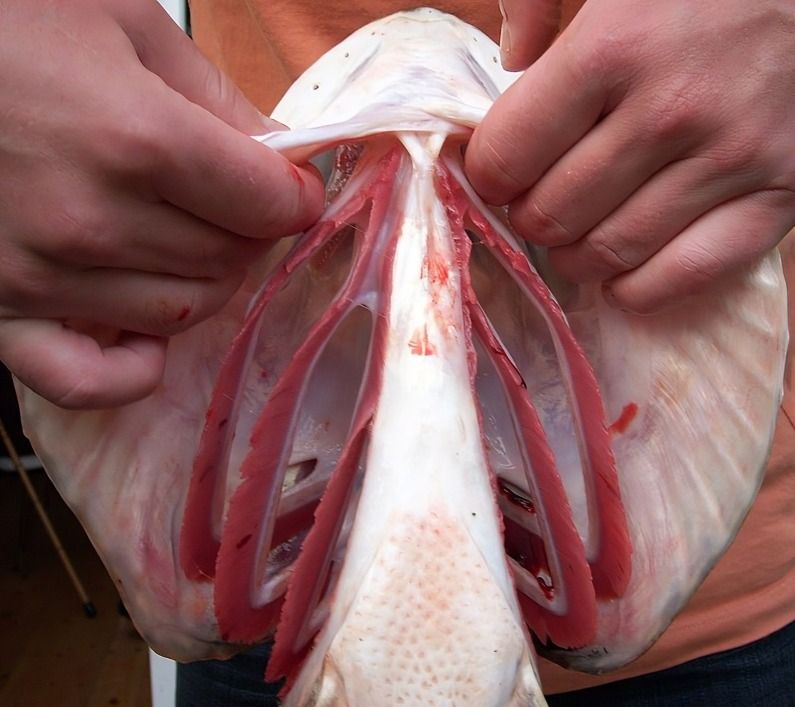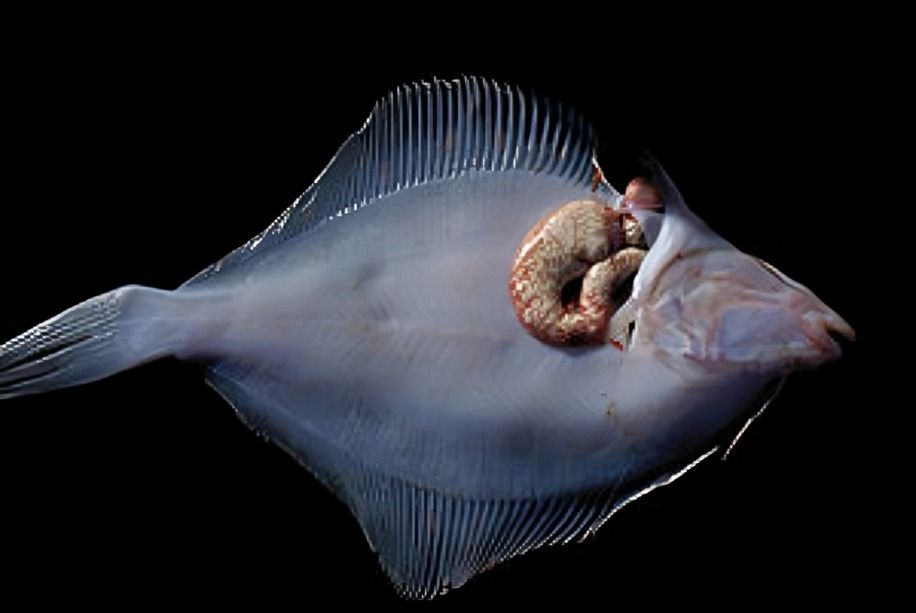
“
The respiratory systems of fish are fascinating and vastly different from those of land animals. Fish rely on their gills to extract oxygen from the water, allowing them to thrive in aquatic environments. In this article, we explore 20 Essential facts about the respiratory systems of fish, from how their gills work to the special adaptations that enable them to survive in both fresh and saltwater. 1
1
”
Fish use gills, which are specialized organs that extract oxygen from water. Water passes over the gill filaments, where oxygen is absorbed into the bloodstream. This method allows fish to breathe efficiently in aquatic environments. 1
The gills of bony fish are covered by a protective bony plate called the operculum. This structure helps regulate water flow across the gills and also serves as a defense mechanism. 2
Fish gills use a countercurrent exchange mechanism where water flows in one direction and blood flows in the opposite. This setup maximizes oxygen absorption, ensuring that oxygen continues to diffuse into the blood along the entire length of the gill filaments. 3
Some fast-swimming fish, like sharks and tuna, use ram ventilation, which means they rely on forward movement to push water over their gills. This method allows them to keep their gills oxygenated while swimming continuously. 4

Besides extracting oxygen, fish gills also play a role in filtering out small particles and plankton from the water. The gill rakers, located at the front of the gills, trap debris and food particles.
The surface area of a fish's gills is directly related to its oxygen needs. Fish that are more active or live in oxygen-poor environments have larger gill surface areas. This adaptation helps meet their metabolic demands for oxygen. 5
Some fish, like lungfish, can breathe both underwater and on land. They possess both gills and primitive lungs, allowing them to extract oxygen from air when water conditions become unsuitable. 6
Some fish, especially smaller species like certain catfish and eels, can breathe through their skin. This process, called cutaneous respiration, supplements their gill breathing. The skin is highly vascularized, allowing oxygen to diffuse directly into the bloodstream. 7
Goldfish actively pump water over their gills using buccal pumping. This involves opening and closing their mouths to create a flow of water. This method ensures that even fish with lower oxygen demands can effectively extract oxygen from water. 8
Labyrinth fish, such as bettas and gouramis, have a specialized labyrinth organ that allows them to breathe atmospheric oxygen. They can gulp air from the surface and absorb oxygen through this organ. 9
Fish living in low-oxygen waters, such as in murky swamps, often develop more extensive gill structures. Their gill filaments may become longer or more numerous to maximize oxygen uptake. 10
Marine fish have to deal with saltwater, which causes dehydration through osmosis. Their gills are specialized to expel excess salt, allowing them to maintain a balanced internal environment. 11
Fish have the remarkable ability to regenerate damaged gill tissues. If their gills are injured by toxins, parasites, or physical damage, the gill filaments can repair themselves. This regeneration ability helps fish maintain their respiratory efficiency. 12
The fish heart plays a crucial role in the respiratory process by pumping deoxygenated blood to the gills. The heart of fish has two chambers—an atrium and a ventricle—and works as a low-pressure system. 13

Some fish are vulnerable to parasitic infections that attack the gills, affecting their ability to extract oxygen. Parasites such as gill flukes can cause significant respiratory distress by damaging the gill tissues.
Fish gills contain oxygen-sensing cells that help regulate respiration rates. These cells detect the oxygen levels in the water and adjust the fish's breathing rate accordingly. This helps fish conserve energy. 14
Certain species of fish, such as some sharks, are obligate ram ventilators, meaning they cannot breathe unless they are moving. They depend entirely on their forward motion to force water over their gills. 15
In addition to oxygen absorption, fish gills are responsible for expelling carbon dioxide from the bloodstream. This is crucial for maintaining proper blood pH and preventing acidosis. 16
Gill filaments are covered in tiny structures called lamellae, which increase the surface area for gas exchange. Blood vessels run through these lamellae, allowing oxygen to diffuse into the blood and carbon dioxide to leave. 17
Even fish that generate electricity, such as electric eels, rely on gills for respiration. However, these fish also use other methods, such as gulping air or absorbing oxygen through their skin, to meet their respiratory needs.18


